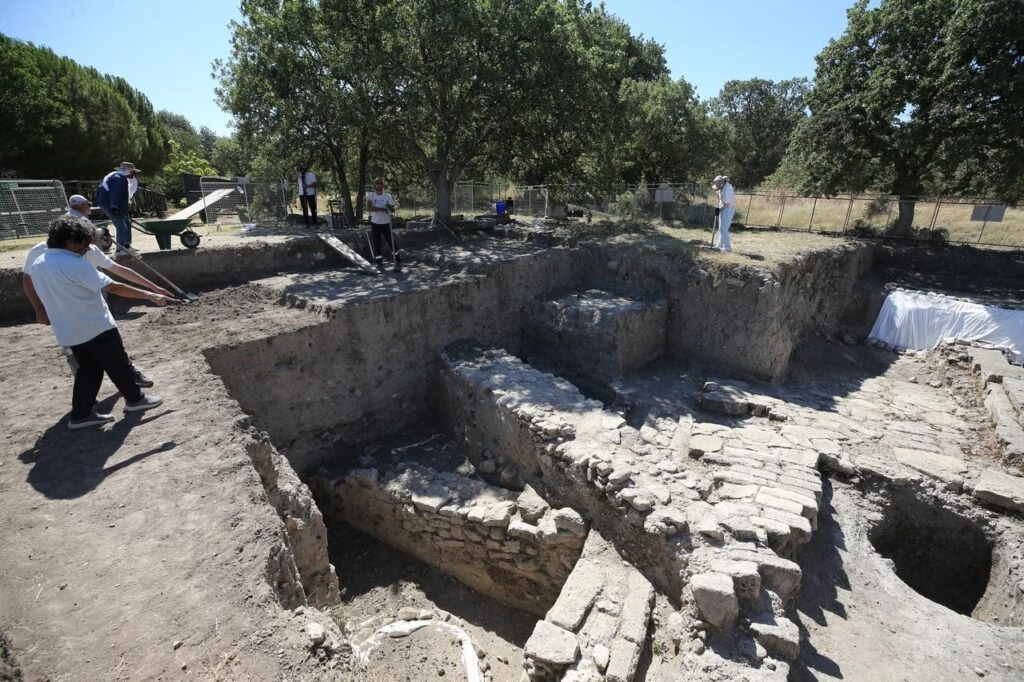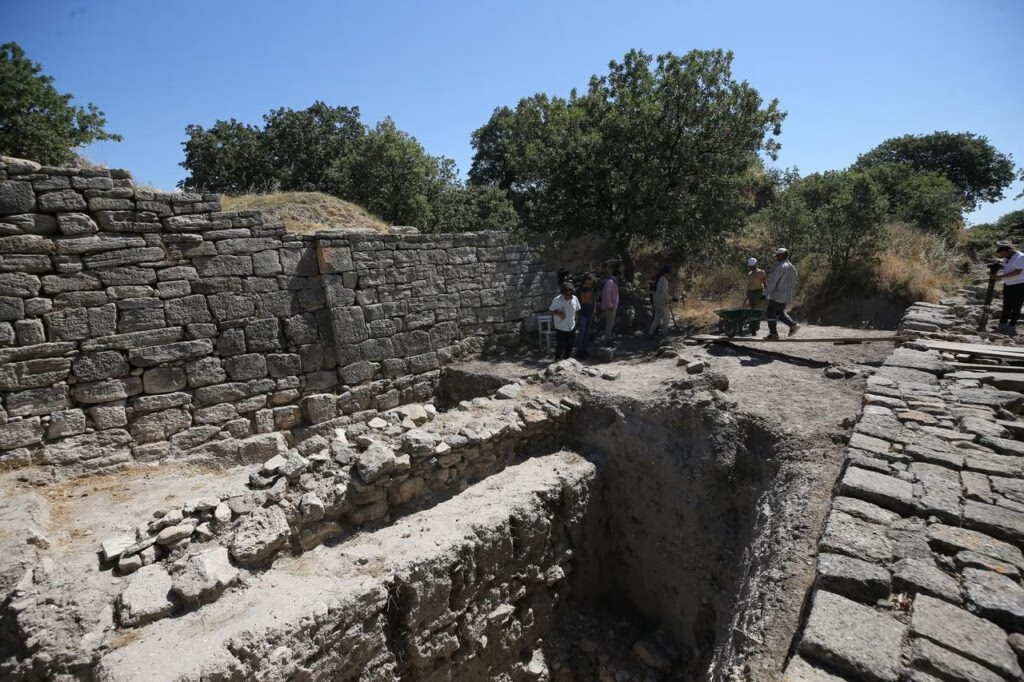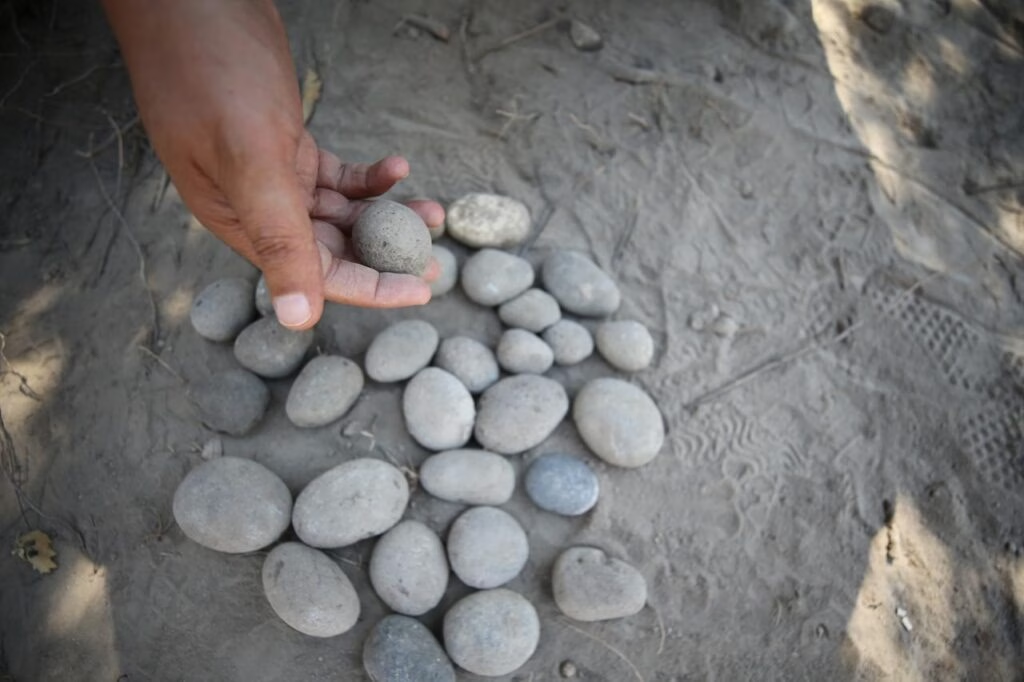Archaeological digs in Türkiye are reigniting a centuries-old question: Is there historical truth buried beneath the myth of the Trojan War?
The story of Troy has long danced between imagination and archaeology. Immortalized in Homer’s Iliad, the siege of the city—sparked by Helen’s abduction and concluded with the cunning of a wooden horse—has lived as legend for over 3,000 years. Now, a new excavation campaign is once again pulling at the tangled threads of myth and history, in hopes of finally separating the two.
At the center of this quest is the ancient mound of Hisarlık, near the modern city of Çanakkale in northwestern Türkiye. This is the site believed to be ancient Troy, and it may hold answers that scholars have pursued since the 19th century.
Hunting for the War Beneath the Stone
Under the leadership of Professor Rüstem Aslan from Çanakkale Onsekiz Mart University, the 2025 excavation season is zeroing in on one of the site’s most critical time frames: the Late Bronze Age destruction layer, specifically dating to around 1200 BCE. This layer coincides with the period widely linked to the events described in Homer’s epic.

“Our main aim this year is to reach the level of the destruction that may relate directly to the war described in the ancient sources,” says Prof. Aslan.
Backed by Türkiye’s Ministry of Culture and Tourism and sponsored by ICDAS, this effort forms part of the larger “Heritage for the Future” project—a long-term initiative to better understand the real history of this iconic site.
Warfare in the Soil: What the Evidence Reveals
Even in the early weeks of the dig, the findings are promising. Excavators have unearthed a cache of 3,500-year-old sling stones—dozens of rounded projectiles—concentrated in front of what appears to be a Bronze Age palace complex, dated to Troy Phase 6.
“These were not just scattered randomly,” says Aslan. “Their density and location suggest they were deliberately placed, likely used in defense or assault scenarios.”
These weapons, along with arrowheads found in previous seasons, paint a picture of a city under siege. And unlike the embellished chaos of the Iliad, these traces are silent but damning—evidence of real human conflict.

The Destruction Layer: A Timeline of Trauma
Archaeologists refer to a distinct level at Troy—burnt buildings, collapsed walls, skeletons hastily buried—as the “destruction layer.” Found in Troy VI and VII, these layers bear all the hallmarks of large-scale violence and sudden collapse.
What makes 2025’s dig significant is its precision. The team isn’t just digging randomly; they’re following previous clues—charcoal-rich soil, weapon fragments, architectural collapse—to triangulate the heart of the conflict.
The primary focus lies between the palace, the agora, and the defensive walls—zones where war would likely have erupted most fiercely. With each trowel, researchers hope to uncover physical confirmation of what oral tradition and poetry have long preserved.
Myth and Memory: Why This Matters
Though many may dismiss the Trojan War as a romanticized myth, history often hides behind fiction. The poetic flourishes of gods and omens may not reflect literal truth, but they can encode real memories of conflict, trauma, and survival.

Troy has been excavated for over 150 years—starting with pioneers like Frank Calvert and Heinrich Schliemann, and later shaped by the work of Wilhelm Dörpfeld, Carl Blegen, and Manfred Korfmann. Across generations, these researchers have peeled back the layers of myth to expose a city that truly existed, and that may well have fallen in a battle echoing Homer’s lines.
The Stakes Are High—and Deep
For archaeologists, each artifact matters. A single scorched arrowhead, a hastily constructed wall, a body buried in rubble—these are the facts that counterbalance the fiction. With a targeted, evidence-driven excavation underway, the 2025 season could yield the most conclusive link yet between Troy and the war that defines it.
“We believe we’re close to reaching the turning point,” says Aslan. “And if we’re lucky, this season might rewrite what we thought we knew about the myth of Troy.”
Conclusion: When Stones Speak Louder Than Stories
Whether or not a singular “Trojan War” happened as told in epic verse may never be fully known. But what is clear—from the sling stones to the scorched walls—is that Troy knew conflict, and it left its scars in the earth.
The line between myth and memory may not be as clear-cut as once believed. And with each discovery, that line becomes a little more blurred.
Cover Image Credit: Walls of Troy, Hisarlik, Türkiye. Public Domain





